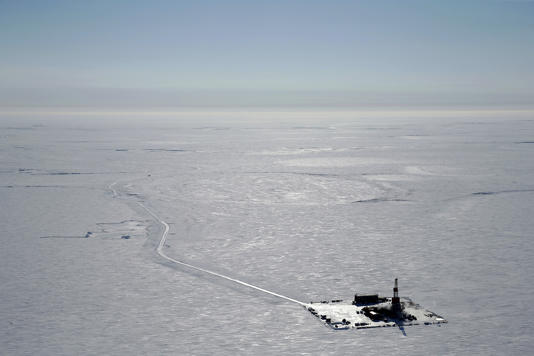- The Biden administration today approved a major and controversial oil drilling plan in Alaska, known as Willow, just one day after unveiling protections for more than 16 million acres of land and water in the region.
- The $8 billion plan, led by Alaska’s largest crude oil producer, would produce about 600 million barrels of oil over 30 years and generate around 278 million metric tons of carbon emissions, according to estimates from the U.S. Department of the Interior. To put this in perspective the US uses around 20 million barrels per day. Do the math – that’s just 30 days of current demand spread over 30 years. Was it worth the negative press?
- Under the plan, ConocoPhillips will be allowed to develop three well pads within the National Petroleum Reserve-Alaska, a 23 million-acre area that is the largest expanse of public land in the U.S.
The Willow Master Development Plan (MDP) for the Willow oil and gas prospect focuses on surface resource protection and appropriate mitigation for construction, operation, and maintenance of a central processing facility, an infrastructure pad, up to five drill pads with up to 50 wells per pad, access and infield roads, an airstrip, pipelines, a gravel mine, and an ice bridge across the Coleville River to support module delivery via sealift barges in the NPR-A. The prospect is centrally located in the Bear Tooth Unit of the National Petroleum Reserve in Alaska (NPR-A), west of the Alpine development, and will use infrastructure from Greater Mooses Tooth 1 and proposed Greater Mooses Tooth 2 developments.
